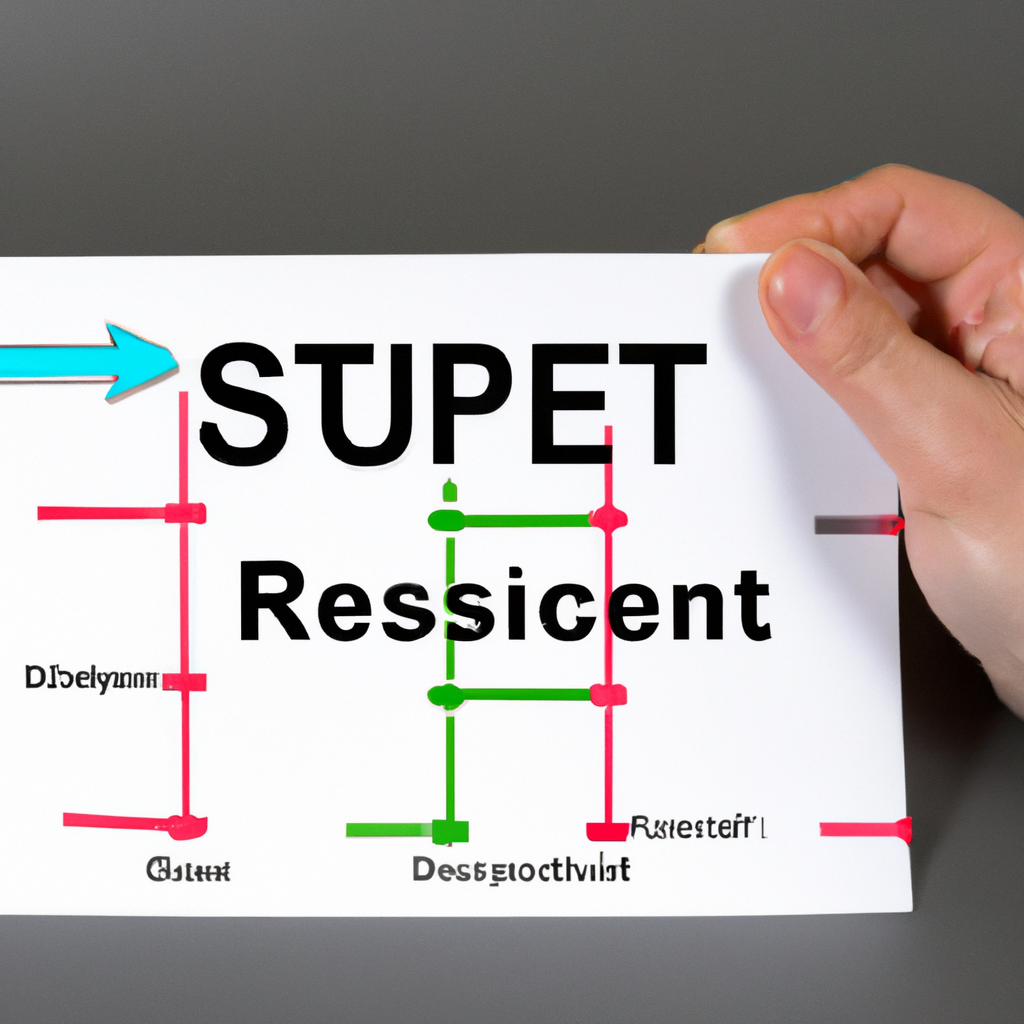Identifying Key Support and Resistance Zones
Support and resistance zones are crucial levels in technical analysis that help traders make informed decisions about when to enter or exit a trade. By identifying these key levels, traders can anticipate potential price movements and adjust their strategies accordingly. In this article, we will discuss how to identify key support and resistance zones in the market.
Understanding Support and Resistance
Support and resistance are areas on a price chart where the price tends to bounce or reverse direction. Support is a level where the price tends to find buying interest, preventing it from falling further. Resistance is a level where the price tends to find selling interest, preventing it from rising further.
Identifying Support Zones
To identify key support zones, look for areas on the chart where the price has previously bounced off multiple times. These levels indicate strong buying interest and are likely to act as support in the future. You can also use technical indicators such as moving averages or trendlines to confirm the support zone.
Identifying Resistance Zones
To identify key resistance zones, look for areas on the chart where the price has struggled to break above multiple times. These levels indicate strong selling interest and are likely to act as resistance in the future. Again, you can use technical indicators to confirm the resistance zone.
Using Multiple Time Frames
When identifying support and resistance zones, it’s important to consider multiple time frames. Support and resistance levels that are significant on a higher time frame are more likely to hold than those on a lower time frame. By analyzing different time frames, you can identify key levels that are respected across the board.
Monitoring Price Action
Price action is another important factor to consider when identifying support and resistance zones. Look for strong bullish or bearish candlestick patterns near key levels to confirm their significance. Breakouts or breakdowns from these levels can also provide valuable information about future price movements.
Conclusion
Identifying key support and resistance zones is essential for successful trading. By understanding these levels and how to identify them, traders can make more informed decisions and improve their overall trading performance. Remember to use a combination of technical analysis tools, multiple time frames, and price action to confirm the validity of support and resistance zones.


